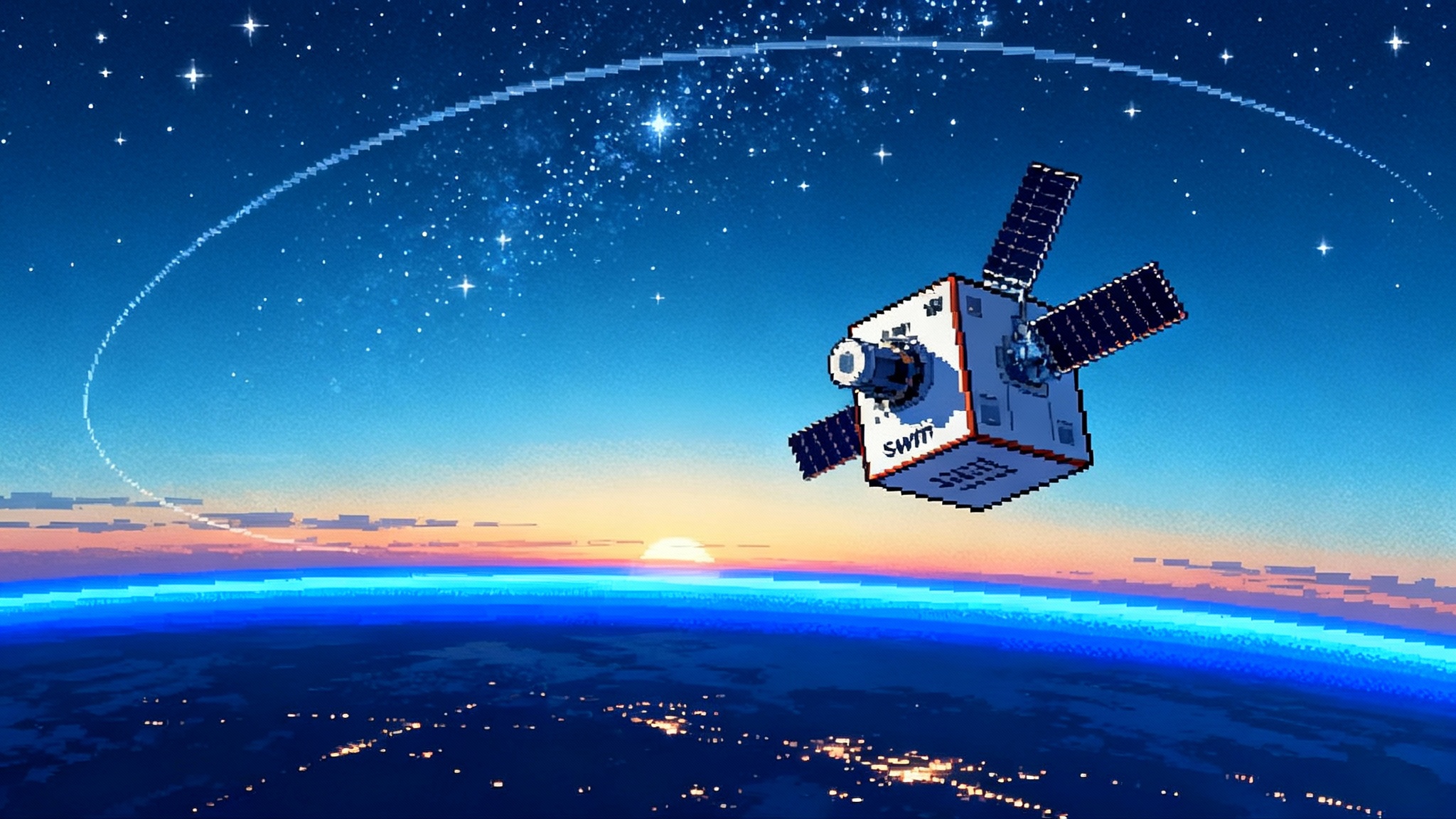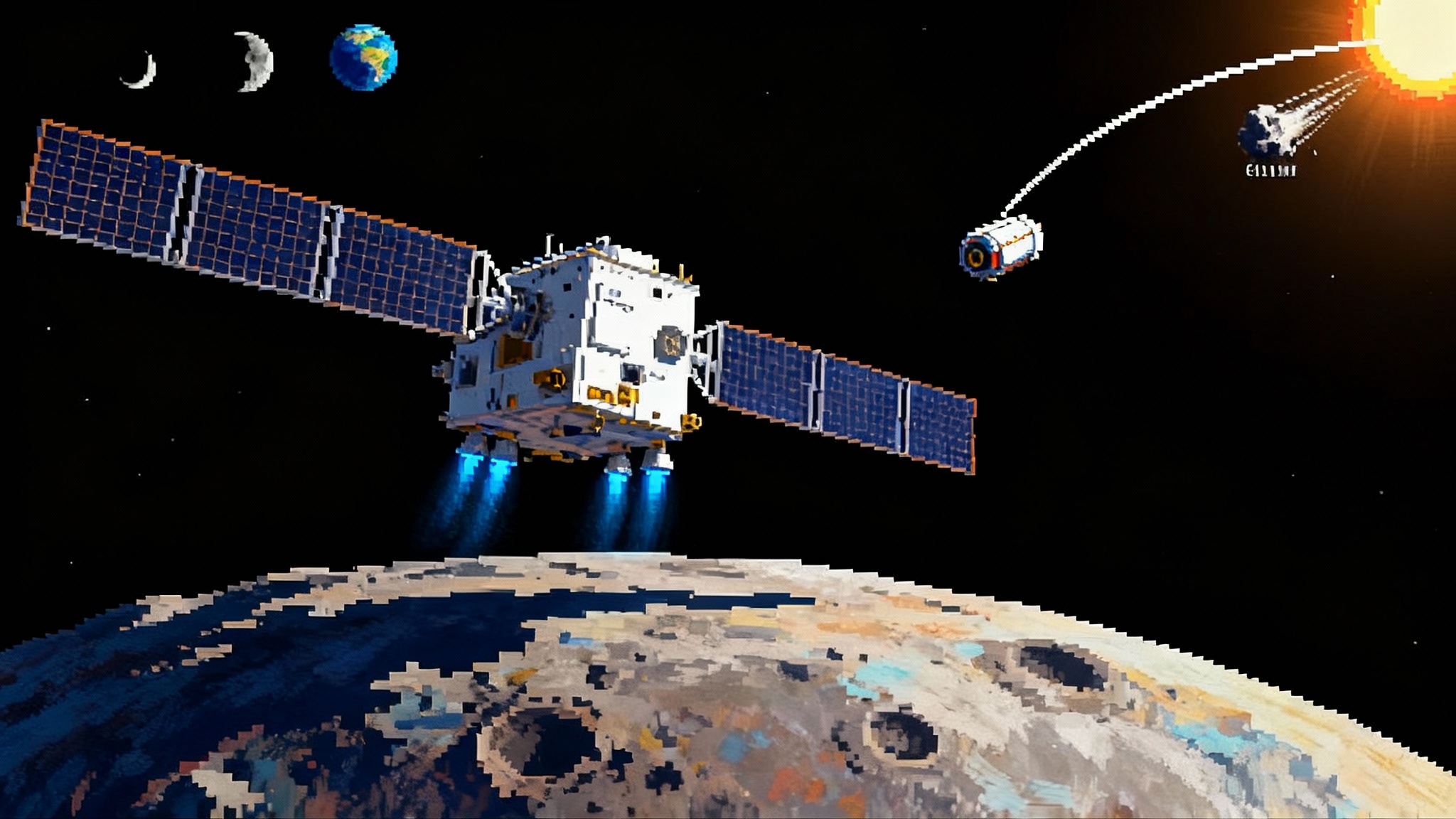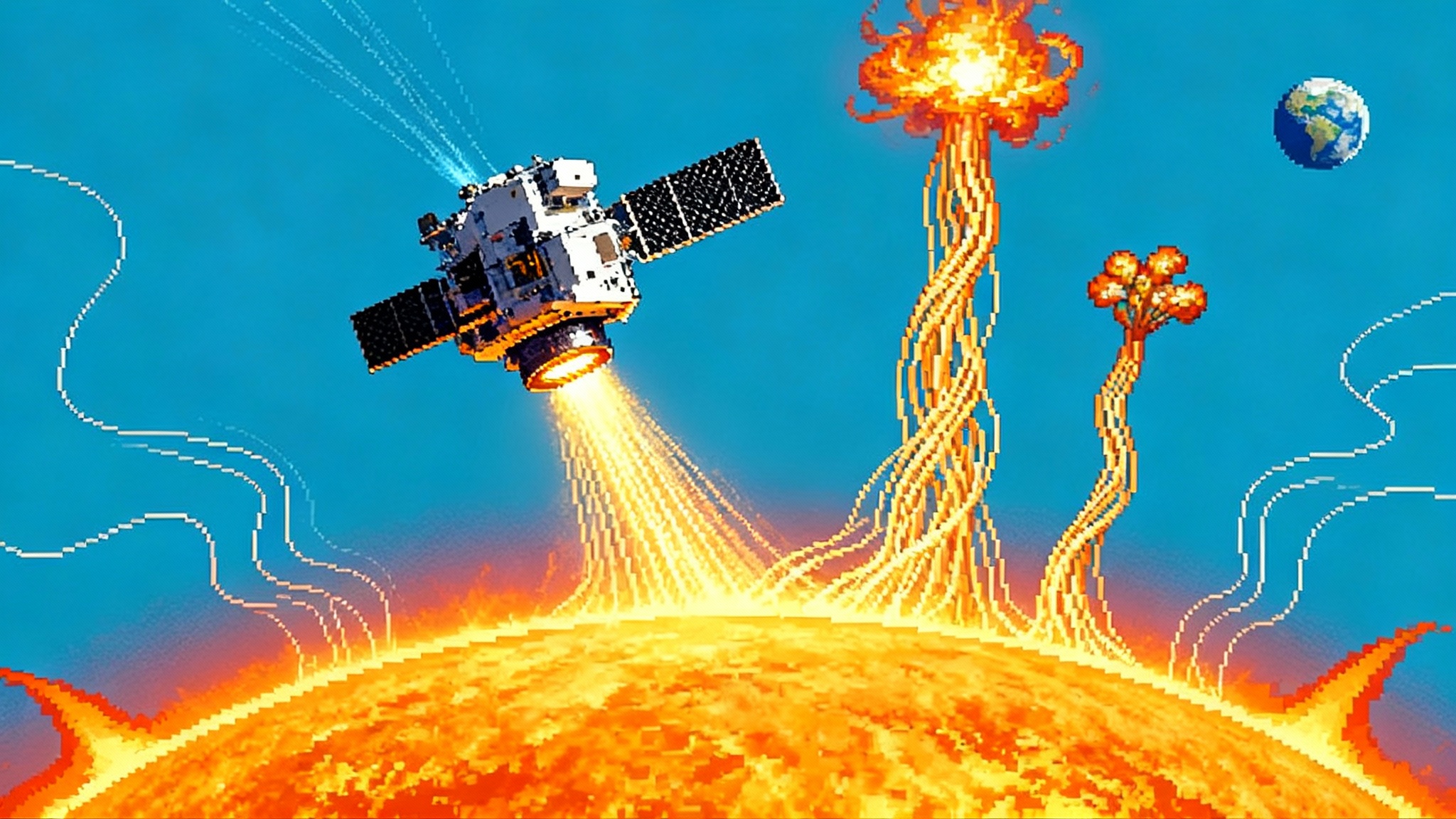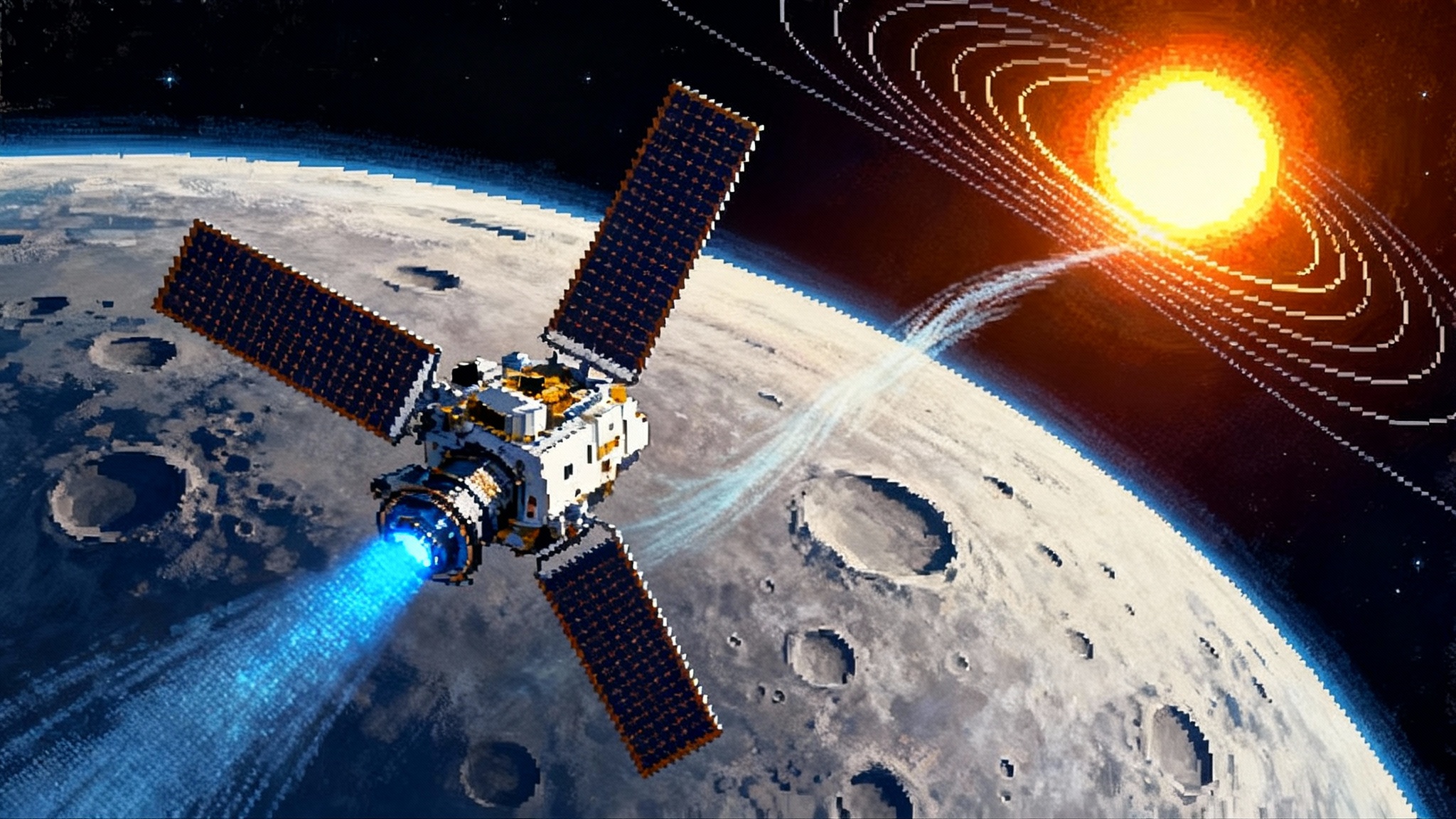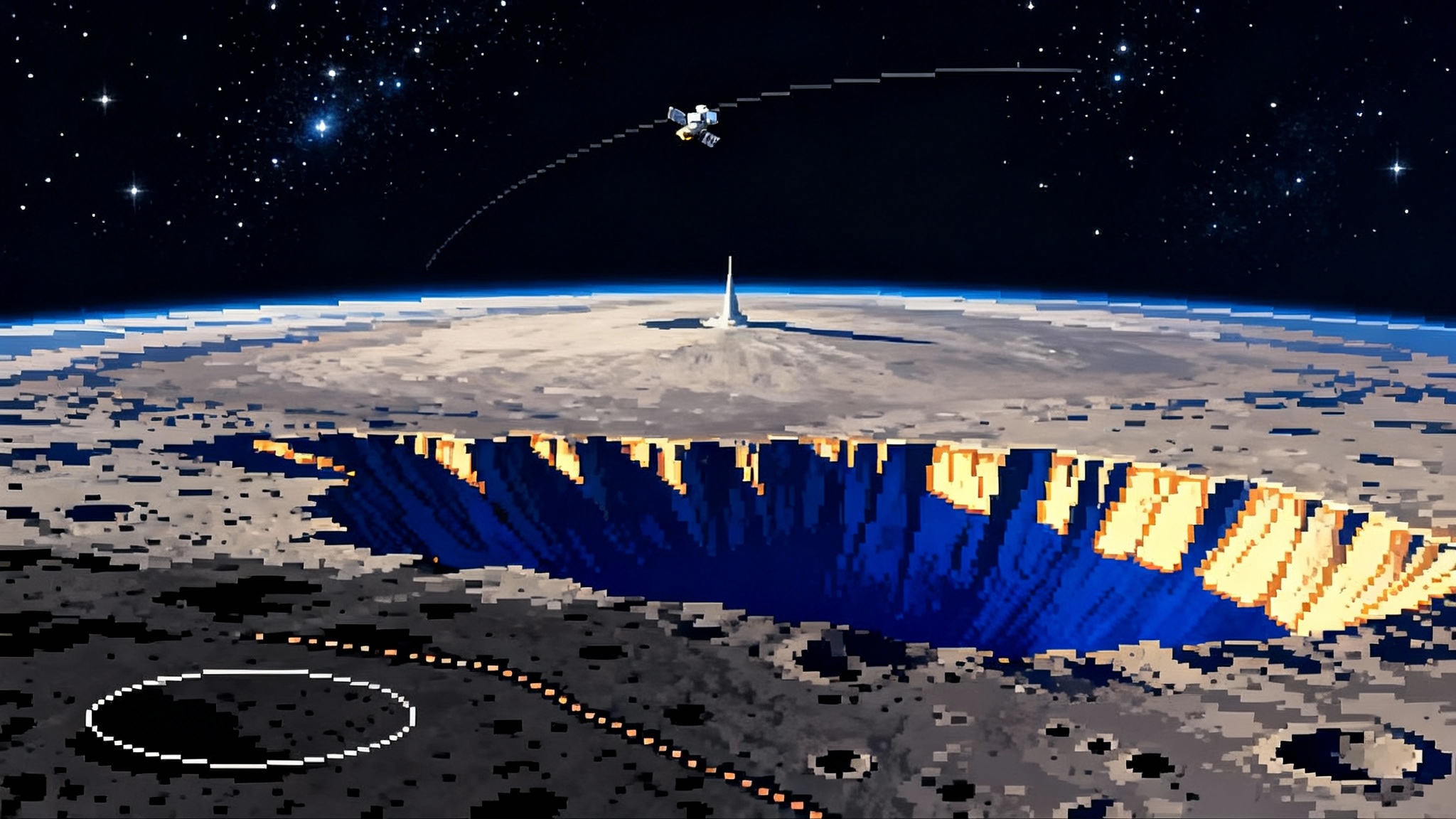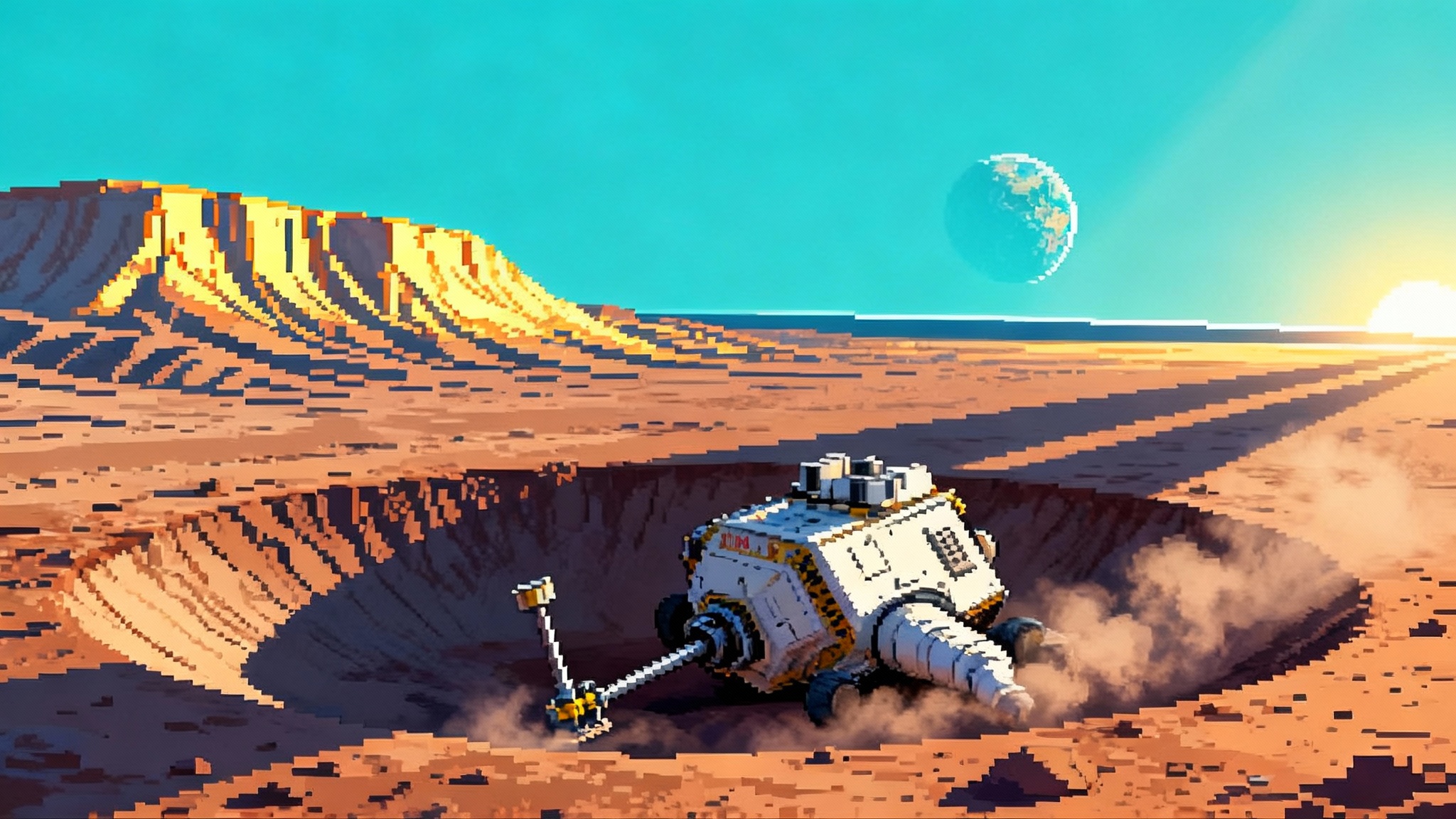NASA’s two-track bet to bring Mars samples home
NASA has funded two rival paths to land a Mars Ascent Vehicle and bring Perseverance’s samples home. Lock the right interfaces in 2025, hold the 2026 downselect, and Earth could see Mars rocks in the mid‑2030s. Slip again, and China may claim first return.
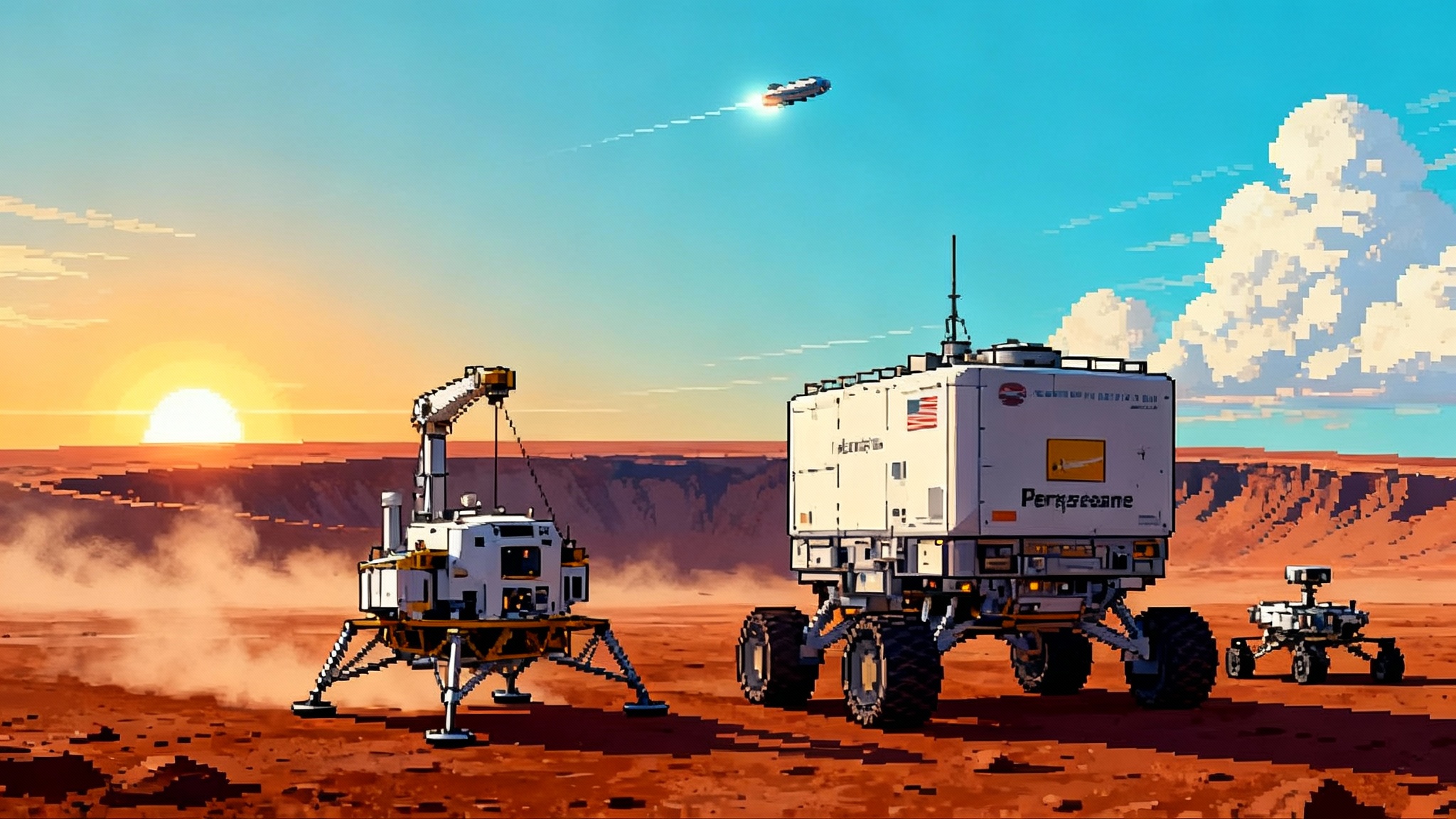
Breaking: two landers enter, one lander leaves
NASA started 2025 with a blunt message for Mars Sample Return. To get Perseverance’s rock cores off Mars and into Earth labs this decade, the agency will advance two competing ways to put a lander and a small rocket on the surface, then pick a winner by the second half of 2026. The goal is speed and simplicity after a bruising year of cost and schedule drift. NASA’s January 7, 2025 announcement lays out the pivot and the stakes, including a mid 2026 confirmation and a shift to nuclear power for the lander platform. See the NASA two-track MSR plan.
The endgame is clear. If the downselect holds in 2026 and hardware flows by the end of the decade, the first Mars samples could reach Earth in the mid 2030s. If the plan slips again, China’s Tianwen-3 mission, targeting a launch around 2028 and a return near 2031, could seize the first-return milestone.
What the two architectures really mean
NASA will carry two rival concepts through formulation before choosing one.
- Option A leans on proven entry, descent, and landing heritage. Think Perseverance and Curiosity, which both touched down with the sky crane system. This path minimizes unknowns in how to land, then focuses novelty where it is unavoidable, such as the ascent rocket and sample handling.
- Option B invites commercial delivery of the lander payload to the surface. Instead of NASA carrying the full burden of descent and landing, the agency would buy the delivery service. If companies can put more mass onto the surface at once, NASA can simplify the lander and its rocket, reduce staging gymnastics, and shorten the surface timeline.
These are not cosmetic choices. They drive everything downstream, from how the Mars Ascent Vehicle mounts and ignites to how many dust-proofing steps engineers must choreograph before launch from the surface. The choice also determines how much mass margin is available for robust autonomy, fault protection, and thermal systems that can tough out a Martian dust season.
Three decisions to lock now
The mid 2026 downselect is the headline, but 2025 is the pivotal year for a handful of choices that will either accelerate the schedule or bake in delays.
- Lander and Mars Ascent Vehicle coupling
- Locking the mechanical and thermal interface between lander and Mars Ascent Vehicle this year sets the clock on first article fabrication. Every month of indecision multiplies into testing delays because ascent system qualification cannot start until the lander-mounted cradle design is frozen.
- Treat the lander like a launchpad. Engineers need a clean, low-shock handoff from lander power and thermal loops to the ascent vehicle’s independent systems. Agreeing on separation pyros or frangible joints, ignition clearances, and plume impingement constraints early reduces coupled tests later.
- Power source: commit to radioisotope
- NASA’s plan replaces solar arrays with a radioisotope power system, a nuclear battery that uses the heat from decaying plutonium to make electricity and keep systems warm. On Mars, dust can bury solar panels for weeks. Radioisotope power smooths the surface timeline and buys flexibility during dust season.
- The practical step is to reserve heat source units with the United States Department of Energy and lock thermal architecture now. The power choice triggers heater placement, battery sizing, radiator areas, and survival mode logic. Deferring this decision forces a late redesign when qualification units arrive.
- Interfaces with Europe’s Earth Return Orbiter
- Regardless of how the lander arrives, both paths rely on an orbiting handoff to the European Space Agency’s Earth Return Orbiter. That orbiter will attempt a precision capture of a basketball-sized container released by the Mars rocket, then stow it inside a protective Earth Entry System for the trip home. See the ESA Earth Return Orbiter profile.
- What to lock now: radio frequencies, optical beacon characteristics, spin rate limits for the sample container, and the mechanical capture envelope. Waiting risks a mismatch between the container that leaves Mars and the net or funnel that must catch it.
The leaner campaign, explained simply
NASA is shaving complexity where the science allows. That means a smaller on-surface stack with fewer moving parts. The lander carries a smaller Mars Ascent Vehicle. Instead of elaborate solar array deployments and big batteries sized for dust storms, the radioisotope unit delivers steady heat and power. And the sample loading redesign keeps dust off the container that will fly up to orbit, which simplifies backward planetary protection and reduces contamination risk during capture.
Picture a relay race with fewer handoffs. Perseverance, which has already cached dozens of carefully selected cores in sealed tubes, delivers about thirty tubes to the lander. The lander places those tubes into an orbiting sample container. The ascent rocket lofts that container into a stable orbit. The European orbiter captures it, tucks it inside the Earth reentry capsule, and heads home. Fewer unique mechanisms means fewer failure points and faster testing.
Where the years are lost, and how to earn them back
Everyone talks about launch dates. What often eats calendar is friction between teams and interfaces. Here is where time really goes, and what to do now.
- Surface survival design. Solar power forces you to design for worst-case dust and cold. Radioisotope power collapses that branch of the decision tree. That alone can shave months of thermal and power testing and reduces the need for elaborate dust fault cases in flight software.
- Autonomous handling and verification. Every time engineers wait for Earth to confirm a step, Mars adds a round-trip light-time tax of up to 40 minutes. Build in autonomous checks for tube seating, seal verification, and contamination control with high reliability sensors, and you remove whole sols from the timeline. Perseverance already drives with significant onboard autonomy. The lander can inherit this philosophy for sample ingestion and ascent vehicle arming.
- Rendezvous choreography. The Earth Return Orbiter must locate and capture a small, spinning target in Mars orbit. Early agreement on beacon power, optical contrast markers, and spin stabilization limits allows Airbus, which is leading orbiter development, to close its design while NASA finalizes the container. That removes an interagency ping-pong that could otherwise take quarters, not weeks.
- Test like you fly. Use flight-like radioisotope thermal units in early prototypes to validate heat flows. Fly the sample container hardware on a high-altitude balloon or suborbital test to validate optical tracking and capture sensors in the right lighting. Every test that uses final interfaces reduces the mountain of late exceptions.
The commercial heavy-lift wildcard
Commercial heavy-lift could change the math in two ways.
- Larger payload to the Martian surface. If a commercial partner can deliver a heavier payload to the surface, the lander could be sturdier with more generous power and thermal margins. This reduces the number of deployment mechanisms and may allow a simpler, single-deck layout for the ascent vehicle. Extra margin is time. It gives teams headroom to avoid redesigns when reality deviates from paper. See our look at Starship heavy-lift implications.
- Fewer launches or simpler trajectories. More mass to trans-Mars injection can reduce the number of Earth launches or eliminate an Earth orbit rendezvous. That removes months of integration and risk from the campaign.
There are tradeoffs. A heavier lander faces tougher entry heating and supersonic parachute loads. It may need a bigger descent engine cluster or longer retrorocket burns, which add complexity back. The right answer depends on how confidently a commercial system can demonstrate mass to Mars in the right window and whether that performance is repeatable enough for a science mission that cannot afford a one-off.
Autonomy is not a buzzword here
Autonomy is schedule control. Treat each major step like a patient that needs to handle emergencies alone.
- Self-checking sample transfer. Equip the sample carousel with a force-torque sensor and an end effector camera that can confirm tube capture, seal integrity, and latch position without Earth in the loop. A second pass should be automatic if a threshold is not met.
- Ascent vehicle health gating. The ascent vehicle should run a timed series of valve, heater, and battery readiness checks and publish a single go or no-go word to the lander. Every subsystem should qualify itself. Humans review the summary, not the raw telemetry, to keep sols from stretching.
- Orbital capture automation. The orbiter will already use optical navigation and lidar for the final approach. Add a preplanned safe abort that triggers if the sample container’s spin exceeds a set rate or its reflectivity does not match expectation, then loop back. That reduces time-consuming manual replans.
The China factor, translated into schedule pressure
China’s Tianwen-3 aims to launch around 2028 with a return near 2031. The concept is straightforward: two launches deliver an orbiter and a lander with a small ascent rocket. The lander collects samples, loads them into the rocket, and the orbiter brings them home. It is a simpler, tightly integrated architecture. That is why it could beat NASA’s more distributed, international campaign to the finish line. For context on China’s cadence, see our report on China’s Tianwen-2 campaign.
If that happens, it does not reduce the scientific value of NASA and Europe’s return. Perseverance’s curated set of rocks from Jezero Crater was designed to answer different questions than a first-time, single-site campaign. But the diplomatic and psychological impact would be real. First return carries symbolism. The practical response is not rhetoric. It is to nail interfaces, reduce moving parts, and hold the 2026 downselect date.
Engineering triage for 2025
If you are in the critical path this year, here is the short list.
- Freeze the lander to Mars Ascent Vehicle interface by the fourth quarter. That unlocks ascent vehicle structural qualification and pyrotechnic separation tests.
- Confirm radioisotope power system allocation with the Department of Energy and lock thermal paths. Design around nuclear heat, not solar variability.
- Baseline the sample container’s exterior geometry, surface finish, and spin constraints with the European orbiter team. Issue a joint interface control document and force a joint ground test using a flight-like capture funnel with the agreed optical markers.
- Decide on commercial delivery scope. Either fully buy surface delivery and accept the interface control work that comes with that, or stay with sky crane heritage and lean into known entry, descent, and landing physics. Straddling both too long burns calendar. Our VIPER coverage highlights relevant VIPER delivery lessons.
- Fund early autonomy demos. Run a closed-loop hardware-in-the-loop test with simulated light-time delay for the entire load, verify, transfer, and arm sequence. The best time to discover a missing sensor check is in a lab in 2025, not on Mars in 2033.
How the mid 2030s Earth return actually pencils out
The phrase mid 2030s is not marketing. It comes from orbital mechanics and hardware readiness. The European orbiter has a not earlier than 2027 launch target with a 2029 Mars arrival. It needs time in Mars orbit to line up the capture. The lander must launch in a compatible window, collect samples, and ignite its ascent rocket in time for an early 2030s rendezvous. After capture, the orbiter spends years changing its orbit and then cruises home. A release of the Earth reentry capsule a few days before arrival sets up the landing in a designated recovery zone in the United States.
Seen this way, the schedule is a chain of hard gates. Small wins in autonomy and mass margin move the whole chain earlier. Slips compound. The downselect in 2026 is not symbolic. It is the hinge that determines whether this is a 2034 to 2036 arrival or a slide toward the late 2030s.
What success looks like two years from now
By mid 2026, the winning lander architecture is confirmed. The Mars Ascent Vehicle structural test article is through separation and ignition tests in a relevant environment. The radioisotope thermal path is locked and validated in integrated testbeds. The sample container mock is flying captive-carry tests under high altitude balloons, and the European capture system has completed a full-speed rehearsal with the same target geometry and optical markings.
If these are done, the program has earned the right to talk about shaving years off. If they are not, headlines about first-return bragging rights will not be about NASA.
The bottom line
MSR is the most complex robotic campaign ever attempted. NASA’s two-track bet is a pragmatic reset. It buys time only if teams convert the competition into early interface agreements, autonomy that removes Earth from the loop, and a power choice that ignores dust. Do those things in 2025, hold the 2026 downselect, and the mid 2030s stop being a talking point and start being a plan. Cede that ground, and history’s first Mars samples could land in another nation’s curation lab first. The choice is mechanical, not rhetorical. The clock is already running.
